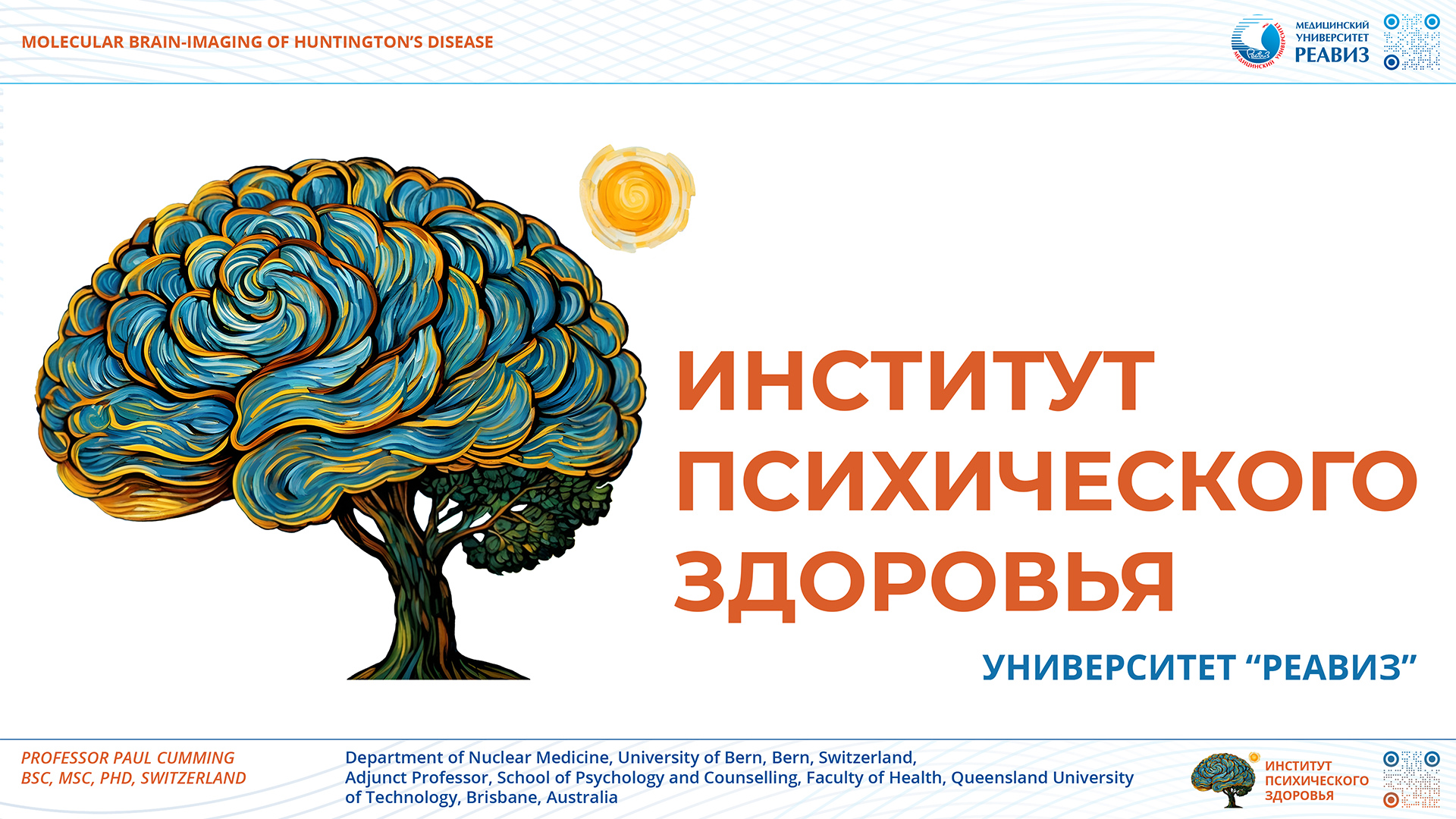
Molecular brain-imaging of Huntington’s disease
Professor Paul Cumming, BSc, MSc, PhD, Switzerland
Department of Nuclear Medicine, University of Bern, Bern, Switzerland,
Adjunct Professor, School of Psychology and Counselling, Faculty of Health, Queensland University of Technology, Brisbane, Australia
Huntington’s disease (HD) is a devastating genetic disorder caused by elongation, misfolding and neurotoxic aggregation of the elongated N-terminal polyglutamine (polyQ) in the mutant huntingtin (mHTT) protein. Early efforts in molecular brain imaging of HD depicted the spatial pattern of reduced cerebral metabolism in positron emission tomography (PET) studies with [18F]-fluorodeoxyglucose (FDG). Other PET studies emphasized the characteristic degeneration of medium spiny striatal projection neurons expressing high levels of dopamine D1 and D2 receptors and adenosine A2 receptors. PET studies with markers for microglia activation reveal the pattern of neuroinflammation in parts of the basal ganglia of HD patients. Recent preclinical work has targeted more specific markers such as mHTT aggregates with [11C]CHDI-180R and synaptic density with [11C]UCB. Identification of the most sensitive marker of early degenerative changes would serve as an objective endpoint for studies of disease modifying treatments.

